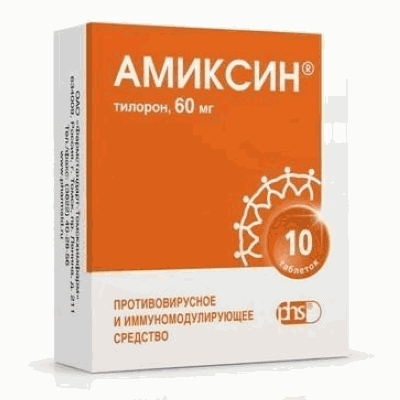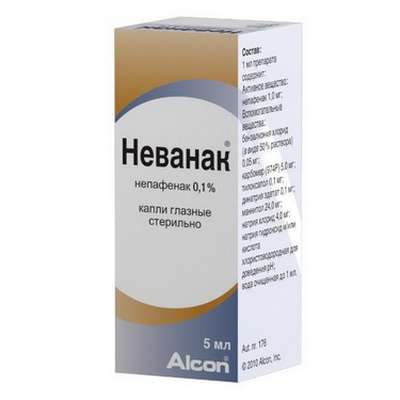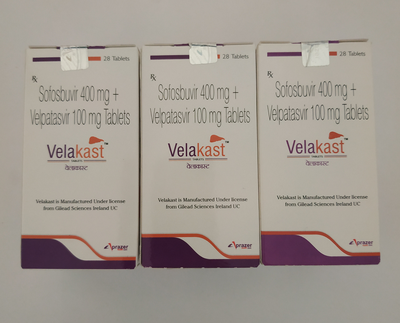Action mechanism of effect of growth hormone
14 Dec 2016
Effect of somatotropny hormone is caused by his linkng with the corresponding receptors that is confirmed by existence of severe defeat at homozygote with STG receptor gene mutation (Laron's dwarfism caused by resistance to STG). STG receptors which are available almost in all fabrics concern to family of membrane receptors of tsitokin and have structural similarity to receptors of Prolactinum, erythropoietin and some receptors of interleykin (Finidori et al., 2000). As well as the extracellular domain connecting hormone, one transmembrane domain and the intracellular domain providing intracellular signal transmission has other receptors of tsitokin, a receptor of STG. Activation of a receptor of STG happens at linkng of one molecule STG with two identical receptors (de Vos et al., 1992). The dimeasure leads formation of it to rapprochement of intracellular domains of two receptors that is probably necessary for intracellular signal transmission.
The structure of a receptor of STG was established by cloning and definition of the nucleotide sequence of KDNK of the corresponding gene (Leung et al., 1987). The receptor of STG contains 620 amino-acid remains, 260 of which form the extracellular domain, and 350 — intracellular. Formation of the STG threefold complex with receptors begins with high-affine interaction of STG with one receptor then other site of STG contacts the second receptor, but already smaller affinity. Analogs of STG at which the second site of linkng with a receptor is damaged therefore they don't lead to dimerization of receptors were synthesized. One of them, pegvisomant, has properties of the antagonist of STG and is studied as perspective remedy for akromegalia (Trainer et al., 2000). You can also like Gotratix.
Besides a full-fledged receptor of STG also the shortened its forms were described. So-called STG protein represents the extracellular domain of a receptor which is formed by proteolytic. In experiments STG protein slowed down a ground clearance of STG and increased its activity of in vitro, however the physiological role of this protein remains not clear. Membrane-bound fragments of a receptor of STG were also described. Their role isn't studied; probably, they are formed as a result of an alternative splaysing and make some share from total number of receptors. Their existence in the cultivated cages reduced activity of STG. The shortened receptors of STG were found in members of one family with hereditary low-tallness and resistance to STG (Ayling et al., 1997). The fact that these patients were geterozygot on mutant gene, speaks well for prepotent and negative character of mutation.
The receptor of STG has no own activity, but its dimeasures forms binding sites with two molecules JAK2 (cytoplasmatic tyrosinecinase of family Janus cinases). Rapprochement of two molecules JAK2 leads to their mutual phosphorylation and activation, with the subsequent phosphorylation of the remains of Thyrosinum in the cytoplasmatic proteins providing further signal transmission (fig. 56.2). STAT transcription factors, the adaptor protein of She (participating in intracellular signal transmission through protein of Ras and mitogen - the activated protein cinases), proteins 1RS-1 and 1RS-2 (the substrates of an insulinic receptor activating an alarm way with participation of a fosfatidilinozitol-3-kinase) concern to these squirrels.
Intensifying of lipolysis in lipocytes and gluc oneogenesis in heap cytes happens due to direct impact of STG on cells whereas anabolic action of STG and its influence on body height are mediated by secretion of IFR-I and IFR-II. Secretion of IFR-I more depends on STG; besides, in the post-natal period of IFR-1 is more active, than IFR-II. Therefore action of STG is mediated mainly IFR-I. Generally the liver is a source of IFR-I of a blood. IFR-I which is formed in many other tissues can have auto crine effect on a proliferation of cells. IFR-1 is bound to a series of proteins of plasma which not only participate in transport, but also can mediate its influence on cells. The important role of IFR-I in operation of STG is confirmed by the fact that at people with dysfunction of both alleles of a gene of IFR-I the expressed both fetal, and post-natal arrest of development, refractory to STG, but giving in to treatment by recombinant human IFR-I is observed (by Comacho-Hiibner et al., 1999).
IFR-I interacts with membranous receptors on a surface of cells. Receptors of IFR-I are close to receptors of insulin and represent heterotetrameasures with own tirozinkinazny activity. These receptors are present almost at all tissues and have high affinity both to IFR-I, and to IFR-II. Insulin can also activate IFR-I receptors, but at the same time at it affinity to a receptor is about 100 times less, than at IFR. The receptor of IFR-II is localized generally on intracellular membranes; it is the same receptor, as the receptor of mannozo-6-Natrii phosphas referring acidic hydrolyzing enzymes and other mannozosoderzhashchy glycoproteids from Golgi's device to lysosomes. This receptor, probably, is activated only IFR-II.

 Cart
Cart





